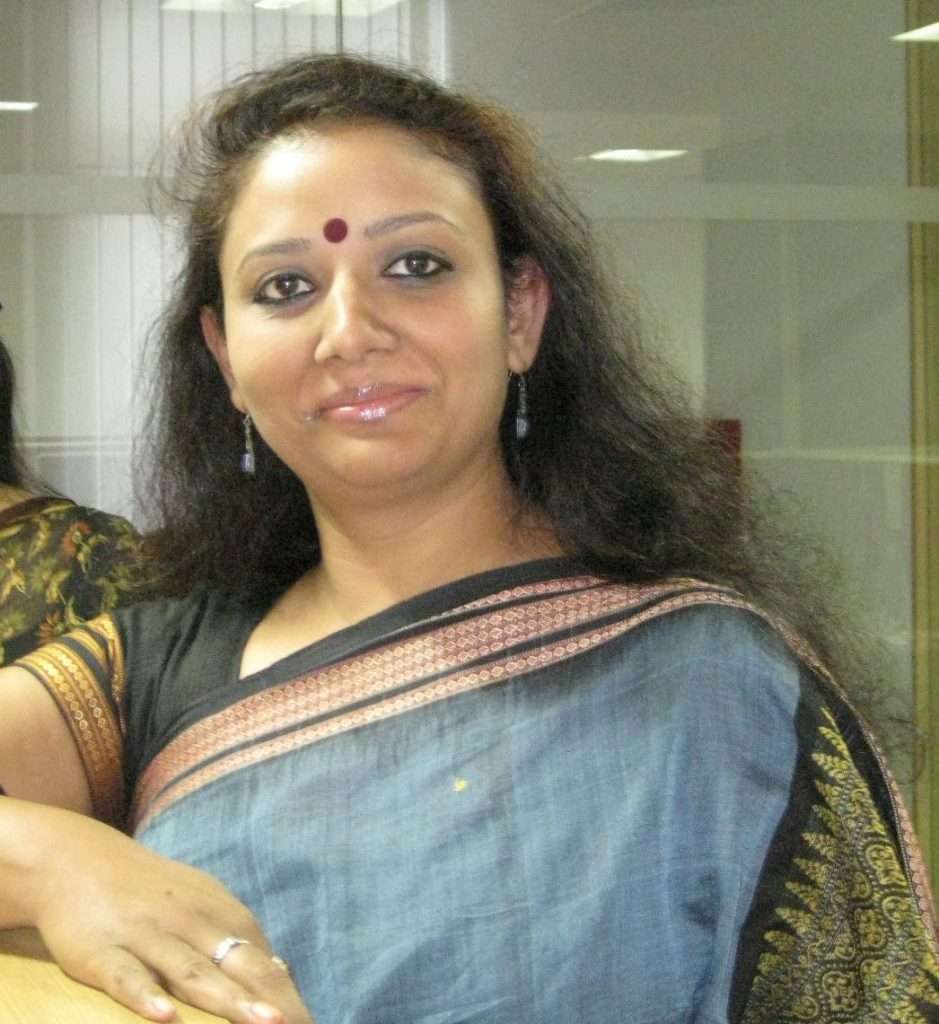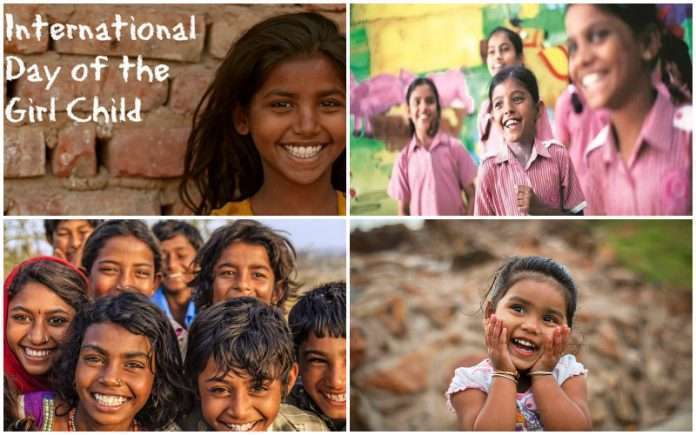October 11, 2020 was ‘International Day of the Girl Child’. Infact every year this date has been designated to bring our focus back on the ‘girl child’ by UNICEF. Every year there is a theme too, this year it is “My Voice, Our Equal Future”.
“My Voice, Our Equal Future”, theme according to UNICEF supports adolescent girls worldwide to assert their power as change-makers. The day should focus on their demands to:
- Live free from gender-based violence, harmful practices, and HIV and AIDS
- Learn new skills towards the futures they choose
- Lead as a generation of activists accelerating social change
Ironic isn’t it? I feel it’s just tokenism in our country. Ask yourself – are our girls free from gender-based violence? How many households in this country encourage their girls to learn new skills, other than household chores? Are they allowed to become agents of change in our society? I don’t think so.
The recent Hathras case in UP is a reference point (though there are many), also we keep hearing of baby girls being abandoned or killed at birth, of them not getting equal opportunities in life if they manage to survive at all. And they are married of as soon as possible to get rid of her responsibility.
At her husband’s home, she is treated as an outsider throughout her life. Add to this lifelong she has to save herself from gender-based violence. According to Istanbul Convention, if women suffer physical, sexual, psychological, or economic harm which includes threats of acts like -coercion or arbitrary deprivation of liberty, whether in public or in private life can all be termed acts of gender-based violence.
What girls face on regular bases are threats like eve-teasing, acid attacks, stalking, rape threats, rape. How free a girl child is in our country I am really not sure.
What I would like to emphasis is that in India, we need to first let out girl child be born and then given an equitable environment to survive in.
A worrying trend
Although India outlawed selective abortion of female foetuses in 1994, but the practice is widely resorted to even today. A study by ‘The Lancet’, a British medical journal in 2011 found that up to 12 million female foetuses were aborted in our country in the previous three decades.
India’s census conducted in 2011, found there were only 943 females for every 1,000 males.But what is alarming is that according to a recent government survey, India’s sex ratio at birth declined to 896 in 2015-17 from 898 in 2014-16.
In the year 2015, India’s then minister for women and child development Maneka Gandhi had said 2,000 girls are killed every day in India because of the preference for male child. She further went on to say that some girl children are born to have pillows on their faces choking them to death. How horrifying is that.
In 2015, the same year, PM Narendra Modi launched the high-profile “Beti Bachao, Beti Padhao” (Save Daughters, Educate Daughters) program. The program aimed at addressing the skewed sex ratio and also to change the mindset of people towards the girl child.
We have yet to see how effective this programme has been.
Why this preference for male child
Well, according to a survey, the main reason for preference for a male child is that parents expect to live with their sons in their old age. Not surprisingly, about 77percent prefer living with their sons to only seven percent wanting to live with their daughters.
Second most important reason being, Indian families expect sons to support them financially in their old age.74 percent Indians are willing to take financial support from their sons as opposed to 18 percent who are comfortable with taking money from their daughters.
There are many other reasons as well like it is believed sons add to family wealth and property while daughters drain it through dowries. Male children continue the family lineage while daughters are married away to another household.
Sons are expected to perform important religious roles. And finally, one important reason being – sons defend or exercise the family’s power while daughters have to be defended and protected, this creates a false burden on the household.
In all of the above reasons, things to consider are – Where is the say of the girls and women in all of these? Are daughters incapable of taking care of their parents emotionally or financially? Who has decided they cannot? Why can’t daughters perform religious roles? Why can’t women be taught self-defence to protect themselves? Again the perpetrators of sexual crimes are boys and men, why aren’t they reigned in?
Indian society is basically a patriarchal form of society, which favours men in every which way. We will see change in society only if we are willing to accept that daughters/girls are equal to our sons/boys.
Can we start celebrating girl child day by eliminating all forms of discrimination against girls and then take it to the next level from there!
(The views expressed are the writer’s own)

Smita Singh is a freelance writer who has over 17 years of experience in the field of print media, publishing, and education. Having worked with newspapers like The Times of India (as a freelancer), National Mail, Dainik Bhaskar, and DB Post, she has also worked with Rupa& Co, a book publishing house, and edited over 30 books in all genres.
She has worked with magazines like Discover India and websites called HolidayIQ and Hikezee (now Go Road Trip). She has also written for Swagat (former in-flight magazine of Air India), Gatirang (magazine of MarutiUdyog), India Perspectives (magazine for Ministry of External Affairs) and Haute Wheels (magazine of Honda).
After turning freelance writer she wrote on art and architecture for India Art n Design. She also worked for Princeton Review as a full-time Admissions Editor and then IDP Education Private Limited as an Application Support Consultant. Smita has her own website called bookaholicanonymous.com which supports her love for books and reading!
You can reach her at: [email protected]
(Collage with images from the net)

